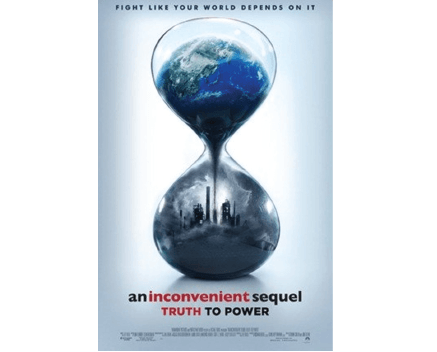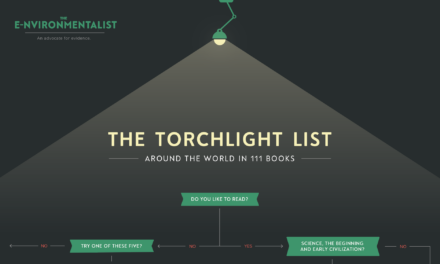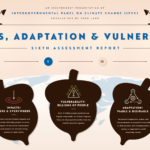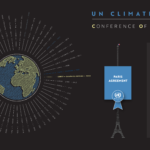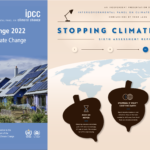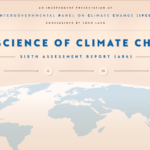An Inconvenient Sequel
Al Gore
It wasn’t just David Attenborough’s measured vocals that had grown men jittery during the remarkable Blue Planet II series. Nor was it simply the journey to the depths of our ocean, our apathy, and back again. Another element was in play. As the camera threatened to pan from herring-slapping orcas to the credits, a show within a show began: 10-minutes ‘behind the scenes’ with that episode’s BBC camera crew. Job envy on a Sunday night anyone? The BBC should’ve known better.
Al Gore’s An Inconvenient Sequel: Truth to Power uses behind-the-scenes footage too, but in its case, misses where it should’ve scored. Too narrow a focus on ‘behind the man’ detracts from what otherwise successfully highlights the plight of people affected by climate change, the mounting decarbonisation efforts going on globally, and the political triumph of Paris in 2015. Without bird-plucking fish to wow the senses, the follow-up to the original An Inconvenient Truth (2006) could be forgiven for relying upon the narrative power of people. But not upon one man — not twice.

Gore’s new slide show (Credit: Geographical)
Focus on the humans (sometimes the human) behind the story and hey presto, the pain, perseverance and passion that makes the story a story might just shine through. Or that’s how the story should go, and that’s how it did go twelve years ago.
Gore’s first attempt to bring climate change to popular culture was nothing short of extraordinary. Success at the Box Office was just a start. As well as securing the Academy Award for Best Documentary, An Inconvenient Truth helped propel Gore (alongside the IPCC) to the 2007 Nobel Peace Prize “for their efforts to build up and disseminate greater knowledge about man-made climate change“. Some experts were even of the dubious opinion it heralded a “watershed moment” for climate change in the public domain. Before the Great Financial Crisis came and turned the heat down on all the attention, climate change fleetingly became the hot topic it deserved to be, and was.

Gore with his Nobel Peace Prize (Credit: Getty)
What, then, had been An Inconvenient Truth’s winning original formula? According to some commentators, it was the weaving together of catastrophe, character, emotion and hope. Remember, Gore had only narrowly ‘lost’ to George ‘Dubya’ Bush in a presidential bid six years earlier. From their perspective, and convincingly so, An Inconvenient Truth was not simply a souped-up slide show detailing the sobering science of climate change. Instead, it struck a deeper emotional chord: it was a ‘performance of redemption’ consistent with themes of good character, audience sympathy, and trust building — all of which hold near-universal appeal. The original film wasn’t just about a ‘recovering politician’ though, it was about an issue whose time had come.
But timing, as we know, is everything. According to the Pew Research Center, 70% of Hillary Clinton’s 2016 advocates thought climate change was caused by human activity. That should seem extremely low, but get this: 77% of Trump’s 2016 supporters thought climate change was due to natural weather patterns or wasn’t occurring at all. Yip, not exactly surprising, but let’s fast forward to 2017 and the hyper-partisanship that was being fomented by the Trump train. Perhaps second only to Trump (and Hillary), Gore could well have laid claim to the title as the most polarizing political figure in the whole of the US. This led The Guardian commentator Adam Corner to correctly submit:
“Unless Gore and the film’s producers envisage campaigners dragging their climate-sceptic uncles to the cinema, the documentary can only hope to further galvanise the already-concerned”.
Even Leonardo DiCaprio or Arnold Schwarzenegger would’ve been a better fit for this one. Aggravating matters further is the now well-known fact that Gore has yet to rule out running for the Democratic presidential primaries in 2020. Underestimating the public’s sense of smell for an ulterior motive — whether accurate or not — is the kind of folly British PM Theresa May could’ve advised Gore on.
Despite the ill-conceived — yet depressingly necessary — celebrity figureheads that lead climate change communication in the public domain, what was it about An Inconvenient Sequel that did give me hope? There was actually much to cheer, and even to get excited about.
Top 10 spoiler-alert moments:
1. Gore’s ‘How long, not long’ speech
When Gore was not on the phone, receiving standing ovations or getting selfies, he was speaking wonderfully. His final speech quoting Martin Luther King — which drew parallels between the climate crisis, the civil rights movement and history’s other inexorable moral movements — deserved a much larger crowd.
“The arc of the moral universe is long, but it bends toward justice” (MLK)
2. The DSCOVR Satellite (aka GoreSat)
If there’s one thing to commend Gore on, it’s his imperishable spirit. The story of the Deep Space Climate Observatory (DSCOVR) contains a familiar political narrative and shows what perseverance can yield if it’s maintained for long enough. Proposed in 1998 by Gore himself, DSCOVR finally got clearance to leave Earth’s atmosphere in 2015 following years of false-starts — due in large to predictable Republican-led impediments. It now orbits at a precise point between the Sun and the Earth (a spot known as L1) observing multiple earthly phenomena including changes in ozone, aerosols, cloud height, vegetation cover, and last but not least, changes in our climate.
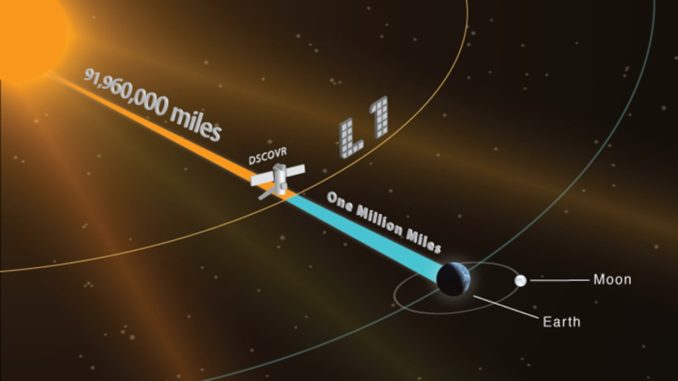
DSCOVR’s orbit (Credit: NASA)
Most importantly though, DSCOVR sends warm, fuzzy images of Earth back to humans so they can indulge in — if only for a second — what’s usually reserved for astronauts. And just to spice the story up, last year Trump indicated he wanted to turn that camera off.
Paradoxically, the story of DSCOVR appears as both a microcosm of what persistence can achieve, and at the same time, of what the Trump administration can destroy.
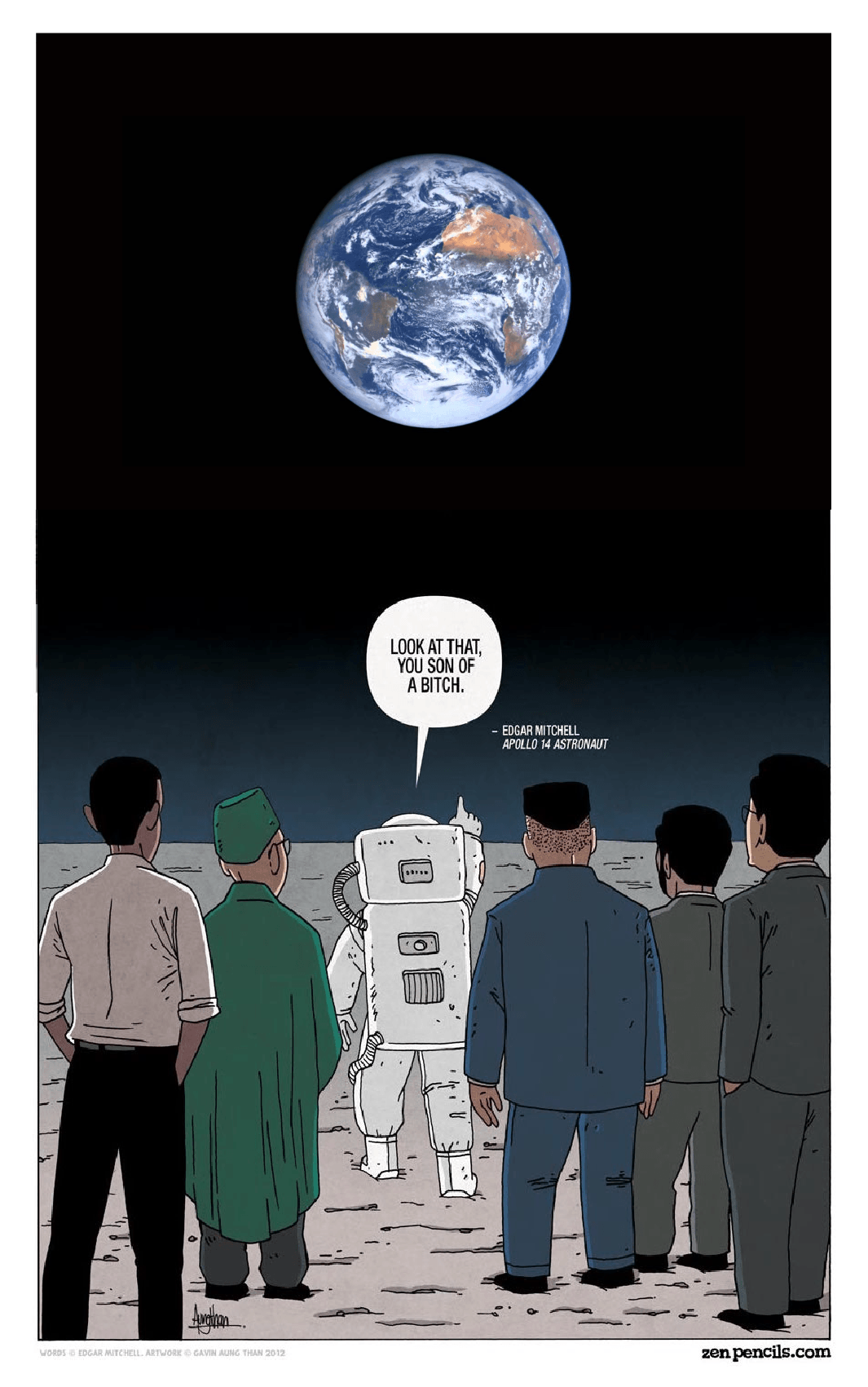
The Cosmic Perspective (Credit: Zen Pencils/NASA)
3. The triumph of Georgetown, Texas
By 2030, the self-proclaimed “greatest city on the planet” will be 100% renewable thanks to its deployment of solar and wind energy “to save its ratepayers money”. When 2030 rolls around, they’ll be the largest completely renewable city in the US. Texas, not California.
4. The triumph of Paris, France
Despite the countless climate scientists (who truly understand the gravity of this issue) lamenting the Paris Agreement for not going nearly far enough, what was agreed on 12 December, 2015 will still go down as one of the greatest political achievements of this century. It will certainly not get us there by itself, but it has got us going. We’ll find out whether it’s got us moving in the next year or two.

Agreement. (Credit: Euroclima)
5. Inspirational India
The stalling drama of the Paris Agreement negotiations were cast as the “Indian problem” by Gore himself, however, Indian PM Narendra Modi was well within his right to ram home to his global audience that letting go of the fossil-fuel development model would undermine India’s ability to “meet the aspirations of its 1.25 billion people”. While we’re all — by definition — in this climate hole together, India’s responsibility for its digging pales in comparison to the US’s.
When India finally agreed to sign the Paris Agreement, Gore and the US private sector were cast as the heroes, but make no mistake, the US were not among the true heroes on that December day.
6. Solar is winning
As exemplified by the upward trend of solar in the Chilean energy matrix. “Is not it wonderful?”
7. Staying solution focussed
Removing abstract climate concepts from the conversation and replacing them with what has to happen in the real world is easier said than done. Climate change is about understanding science, but it’s more about understanding solutions. Like its predecessor managed to achieve in 2006, this film stayed on a solution-orientated course. When Gore tells his audience we can have a world powered by 100% renewable energy at low cost, he provides people with a concrete sense of what must happen. Concrete is bad for climate change, but it’s great for climate change communication.
8. Tragedy transforms into strength
Two tragic events that occurred in close proximity — in time, not space — acted to provide an impenetrable sense of global resolve during the Paris negotiations. The first, the November 2015 Paris attacks, where 130 people were mowed down, preceded the Paris conference by a mere two weeks. The second, the 2015 South Indian floods, where more than 500 people died and nearly 2 million were displaced, waged on throughout the negotiations. Both tragedies were met with despair, yet they helped inspire the global community to compromise further than they’d ever managed before. The result? Agreement.
9. Al Gore meets Justin Trudeau
How could they (and we) leave it out?

10. “Everybody has a plan ’til they get punched in the face”
The Trump spanner gets air time but only sparingly. Gore’s wrong to gift Trump the satisfaction of landing a metaphorical punch but right to relegate Trump’s ignorance to just another blip in a long litany of setbacks for the climate movement. It even seems that Gore and I might agree on something:
With cautious optimism, the empty rhetoric that has perennially plagued climate change is over. Galvanised by a clown in the White House and a deep resolve on the subnational and international stage, Trump’s decision will be an ally—not a frustration—of enhancing action to combat climate change. (‘Trump & The Paris Agreement: The Bad, the Good and the Ugly’)
An Inconvenient Trilogy: Less Gore, More People
Unless you’re Blue Planet II or Blade Runner 2049, sequels seldom get it right. With that granted, a man’s intentions should also be granted — you really do establish a sense that Gore means viscerally well here. There should also be no denying it: no other human has done more to propel climate change’s political profile forward than Al Arnold Gore. That alone should’ve been enough to forgive him for starring too prominently, but a decade after An Inconvenient Truth shook the world from its indifference, An Inconvenient Sequel missed an opportunity to update the playbook, and shake the world again.
____
